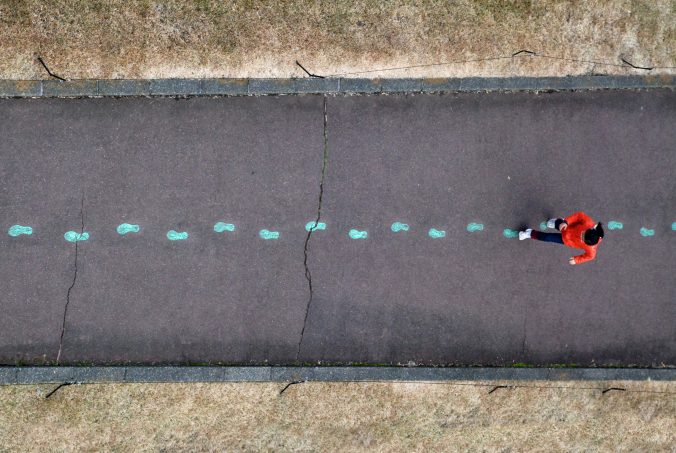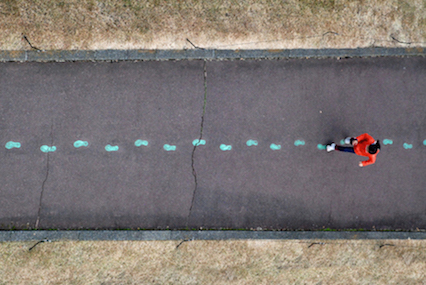Climbing is something that is relatively new to me, but since I’ve started climbing it has quickly infiltrated every crevice of my mind. To me rock climbing isn’t about getting up to the top of a rock and then coming back down. It is a process that trains you to problem solve and fight your own ego. The rock climbing community is a very misunderstood group but we all generally have our own culminating cultish interpretation of the sport/art. Essentially, we see each mountain, cliff face, crag, and boulder as a teacher. This teacher presents us with a problem that will require the use of multiple tools in proper coordination in order to reach the conclusion. As climbers we utilize universal tools that we learn either intuitively through specific climbs that force those movements or through application in an indoor climbing gym. The real struggle is determining what order to apply these moves during a climb as even the smallest mistake will result in us failing and having to start over. This results in hours to days of practicing specific movements with micro adjustments until eventually it all comes together and we complete a climb. Now I understand that if you’ve never climbed before it seems unappealing to practice three movements hundreds of times in order to get on top of a rock thats only 12 feet tall but the philosophy climbers develop through climbing can be applied to everything in life, especially teaching. The most obvious universal practice acquired from climbing philosophy is that through continuous application eventually you will reach the conclusion of the problem you are facing. This is essential as a learner to be used to doing because learning tricky concepts can be challenging and require continuous application without any sign of progress. It is about trusting the process not abusing the process. Another useful lesson I’ve learned through climbing is that everyone is suited to solving specific kinds of problems. No two climbers are the same and some excel with certain movements, skills, wall angles and struggle with others. The same goes for learners as no two people will every have the same strengths and weaknesses. Climbing is something that has greatly shaped my pedagogy and forces me to humble and self motivate myself in order to overcome hardship. I hope that as this course progresses, and I reflect more on my rock climbing journey while relating it to teaching, I can further expand my understanding of what it means to be a good teacher.

The above image is of Will Bosi completing Burden of dreams a V17 boulder in Finland which is considered the hardest boulder in the world. He is the second person in the world to complete the route and it took him a number of years working on a replica indoors and 2 weeks on the actual rock to complete it. The photo is by Diego Borello from the article Will Bosi Sends ‘Burden of Dreams’ (V17) by Steven Potter. The boulder represents the pinnacle of climbing and completion of it absolves a climber of their burdens to continuously climb harder and harder climbs as there is nowhere in the world that has a boulder more difficult.

